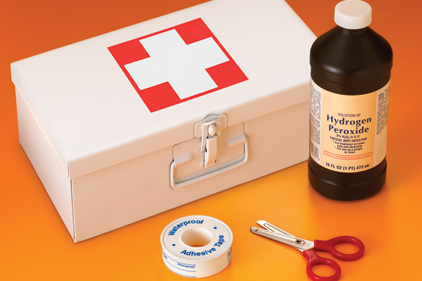So I meander over to a philosophy blog where they argue to the point of making reality, which feels so real, puzzling.
What was puzzling to me was news coming out of California that a “nurse” refused to administer cardiopulmonary resuscitation (CPR) on an 87-year-old-resident.
Upon witnessing a collapsed resident gasping for breath, the nurse called 911. The transcript of the 911 call was harrowing. Over the seven-minute call the dispatcher begged the nurse to administer CPR to save the woman’s life.
The nurse wouldn’t, instead saying that the independent living facility’s policy prohibited her from administering CPR. The dispatcher appealed to the nurse’s humanity. She asked if there were anyone around who could save the woman. The nurse, even though qualified herself, said that she would not ask others because they wouldn’t know how.
Ms. Larraine Bayless was pronounced dead at the hospital.
My philosophical readings this morning had me asking my own puzzling question: “What is THE truth”; which is in contrast to asking the question “what is truth”.
A blogger named Michael Lynch was citing other philosophers saying that they get stuck trying to answer questions that only lead to the frustration of further quarrelsome questions. He thinks philosophy gets stuck because philosophers are out looking for THE truth (my interpretation); a single truth that can be surmised from reducing some explanation to its core… kind of the way science approaches problems.
For the nurse in California, the moral question of saving Ms. Bayless’ life got reduced down to the company’s policies that seemed to be aimed at reducing liability than acting to save lives. For her, it was THE truth.
For Lynch, a single philosophical version of THE truth falls short. The truths of science are truthful because they correspond to the physical world. But the truths of mathematics or politics conform to different realities; Morality, with yet another truth.
In California, within Brooksdale Senior Living’s facility, a single version of THE truth failed. Ms. Bayless died, the company is under scrutiny and the target of public anger, and the rest of us are puzzled.
This has happened before in other places, including hospitals.
I remember when I was earning my Lifeguard certification through the Red Cross. I was taught that the second anyone started a rescue, throwing a flotation device or going into the water or beginning CPR, they are personally responsible (liable) for the victim’s outcome. Even at my young age I was aware of the paradox of the two realities… the threat to the victim vs. the threat to me.
Our employees face the same puzzle sometimes. They see risks being taken. Sometimes they take risks themselves. What is THE truth driving these behaviors?
● A production quota (as in the case of a pipe manufacturer who recorded almost an injury per employee over a decade);
● Avoiding regulatory actions
(as in the case of Massey Energy’s coal mine explosion that killed 29);
● A delayed schedule costing millions (as in the case of the Deepwater Horizon explosion)?
The list goes on and on.
I’ve written about it in a couple of previous blogs: “Cowardice”, “Tackling”.
Build an alternate truth:
● One where any employee can stop production if they are concerned about a safety issue.
● One where leaders adopt a discipline to ask about the safety implications of decisions.
● One where employees can report minor injuries and close calls without fear of unjust discipline.
● One where employees have decided to encourage peers to coach each other when they see risk.
Do this before having to call 911.

